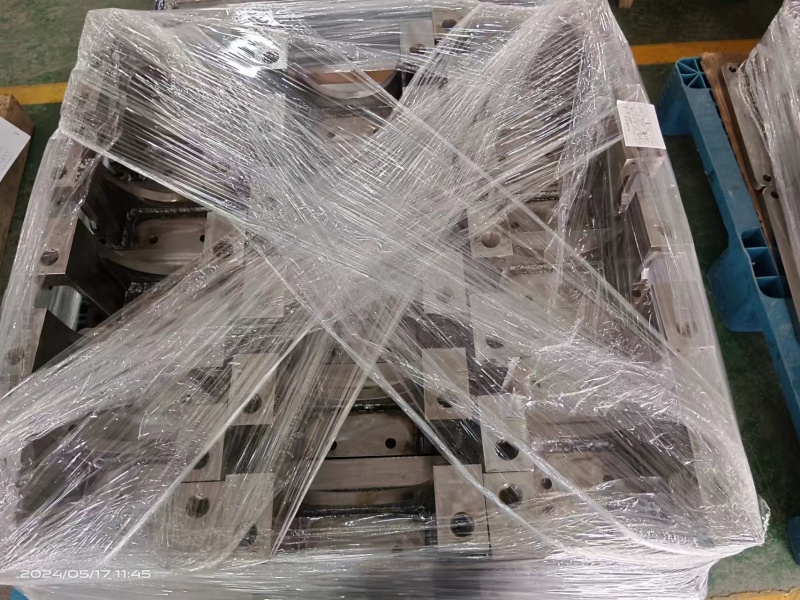Sheet metal fabrication and machining are both manufacturing processes used to create metal parts, but they differ in their techniques, applications, and the types of materials they typically work with. Here are the key differences:
Sheet Metal Fabrication:
- Material Form: Primarily works with thin, flat sheets of metal.
- Processes:
- Cutting: Shearing, laser cutting, plasma cutting, and water jet cutting.
- Bending/Forming: Press braking, roll bending, stamping, and deep drawing.
- Joining: Welding, riveting, and bolting.
- Finishing: Deburring, polishing, and coating.
- Applications: Used to create enclosures, brackets, ducts, panels, and other thin-walled structures.
- Typical Materials: Commonly uses metals like steel, aluminum, copper, and stainless steel in sheet form.
- Production Volume: Suitable for both low and high-volume production, especially in automotive, aerospace, and consumer products industries.
Machining:
- Material Form: Works with solid blocks, rods, or other pre-formed shapes of metal.
- Processes:
- Cutting: Milling, turning (lathe), drilling, and grinding.
- Shaping: Uses CNC (Computer Numerical Control) machines for precise shaping.
- Finishing: Can include processes like honing and surface grinding for high precision.
- Applications: Used to create precise and intricate components such as gears, engine parts, molds, and custom tools.
- Typical Materials: Can work with a wide range of materials including metals (aluminum, steel, titanium), plastics, and composites.
- Production Volume: Generally used for low to medium volume production, prototypes, and parts requiring high precision and tight tolerances.
Key Differences:
- Material Form: Sheet metal fabrication deals with flat sheets, whereas machining works with solid materials.
- Processes: Fabrication involves cutting and bending sheets, while machining involves removing material from solid blocks.
- Applications: Fabrication is used for larger, thinner structures, whereas machining is used for precise, detailed components.
- Precision: Machining typically offers higher precision and tighter tolerances compared to sheet metal fabrication.
- Cost and Speed: Sheet metal fabrication can be faster and more cost-effective for producing large quantities of parts, while machining is often more expensive and time-consuming but necessary for precision parts.
Understanding these differences helps in selecting the appropriate method based on the design requirements, material properties, and production needs.
Related Links:
china sheet metal fabrication manufacturers | sheet metal fabrication company china | china sheet metal fabrication companies | china sheet metal forming manufacturers | china sheet metal fabrication factory | china metal enclosure manufacturers | china sheet metal fabrication supplier | china custom sheet metal parts | china sheet metal parts company | china precision sheet metal manufacturer | china sheet metal parts manufacturers | china sheet metal manufacturing manufacturers | Folded Sheet Metal Box | Sheet Metal Fabrication Companies in China | Sheet Metal Parts Manufacturing China

Leave a Reply